Year 5
The English curriculum is built around the three interrelated strands of language, literature and literacy. Teaching and learning programs should balance and integrate all three strands. Together, the strands focus on developing students' knowledge, understanding and skills in listening, reading, viewing, speaking, writing and creating. Learning in English builds on concepts, skills and processes developed in earlier years, and teachers will revisit and strengthen these as needed.
In Years 5 and 6, students communicate with peers and teachers from other classes and schools, community members, and individuals and groups, in a range of face-to-face and online/virtual environments.
Students engage with a variety of texts for enjoyment. They listen to, read, view, interpret and evaluate spoken, written and multimodal texts in which the primary purpose is aesthetic, as well as texts designed to inform and persuade. These include various types of media texts including newspapers, film and digital texts, junior and early adolescent novels, poetry, non-fiction and dramatic performances.
The range of literary texts for Foundation to Year 10 comprises Australian literature, including the oral narrative traditions of Aboriginal and Torres Strait Islander Peoples, as well as the contemporary literature of these two cultural groups, and classic and contemporary world literature, including texts from and about Asia.
Literary texts that support and extend students in Years 5 and 6 as independent readers describe complex sequences, a range of non-stereotypical characters and elaborated events including flashbacks and shifts in time. These texts explore themes of interpersonal relationships and ethical dilemmas within real-world and fantasy settings. Informative texts supply technical and content information about a wide range of topics of interest as well as topics being studied in other areas of the curriculum. Text structures include chapters, headings and subheadings, tables of contents, indexes and glossaries. Language features include complex sentences, unfamiliar technical vocabulary, figurative language, and information presented in various types of graphics.
Students create a range of imaginative, informative and persuasive types of texts including narratives, procedures, performances, reports, reviews, explanations and discussions.
(source: www.australiancurriculum.edu.au)
Achievement Standard
Receptive modes (listening, reading and viewing)
By the end of Year 5, students explain how text structures assist in understanding the text. They understand how language features, images and vocabulary influence interpretations of characters, settings and events.
When reading, they encounter and decode unfamiliar words using phonic, grammatical, semantic and contextual knowledge. They analyse and explain literal and implied information from a variety of texts. They describe how events, characters and settings in texts are depicted and explain their own responses to them. They listen and ask questions to clarify content.
Productive modes (speaking, writing and creating)
Students use language features to show how ideas can be extended. They develop and explain a point of view about a text, selecting information, ideas and images from a range of resources.
Students create imaginative, informative and persuasive texts for different purposes and audiences. They make presentations which include multimodal elements for defined purposes. They contribute actively to class and group discussions, taking into account other perspectives. When writing, they demonstrate understanding of grammar using a variety of sentence types. They select specific vocabulary and use accurate spelling and punctuation. They edit their work for cohesive structure and meaning.
(source: www.australiancurriculum.edu.au)
- Plus Plan
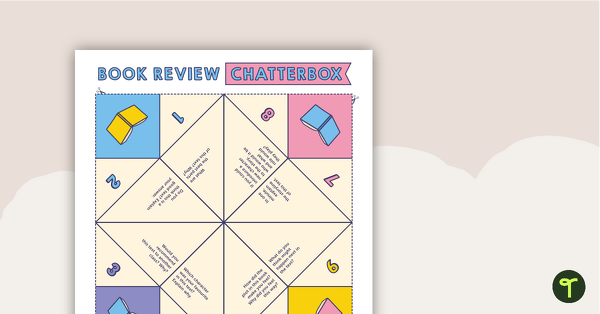
Book Review Chatterbox Template
Help your students review a book using this hands-on chatterbox.
- Free Plan
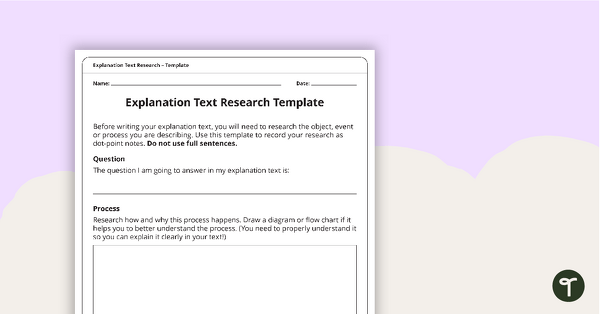
Explanation Text Research Template
A research template for students to use when writing an explanation text.
- Plus Plan
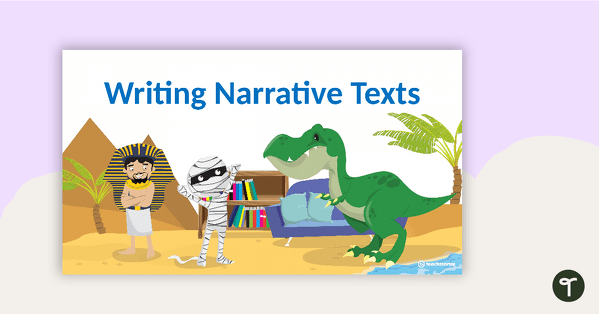
Writing Narrative Texts PowerPoint - Year 5 and Year 6
A 20 slide editable PowerPoint template to use when teaching your students about the structure and language features of narrative texts.
- Plus Plan

Narrative Plot Structure Diagram
A plot diagram for students to refer to when planning their narrative writing.
- Plus Plan
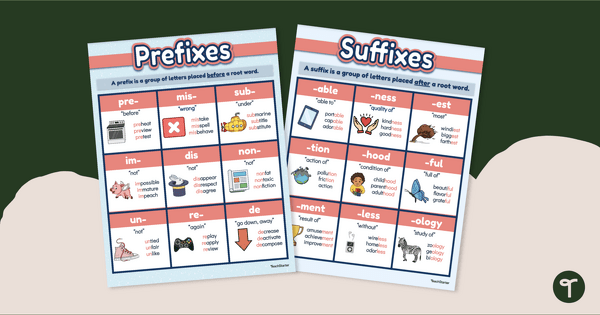
Prefixes and Suffixes Posters
Increase vocabulary skills with anchor charts about common prefixes and suffixes.
- Plus Plan
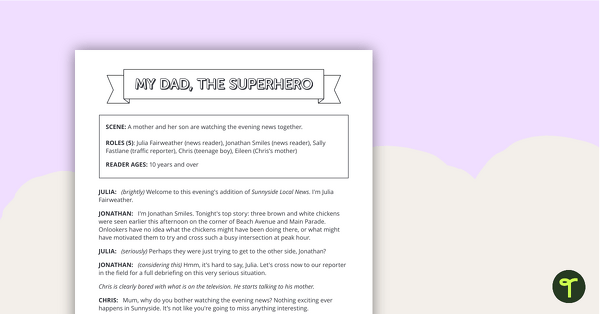
Readers' Theatre Script - My Dad, the Superhero
A script which can be used during readers' theatre or Drama sessions, aimed at students 10 years and over.
- Plus Plan
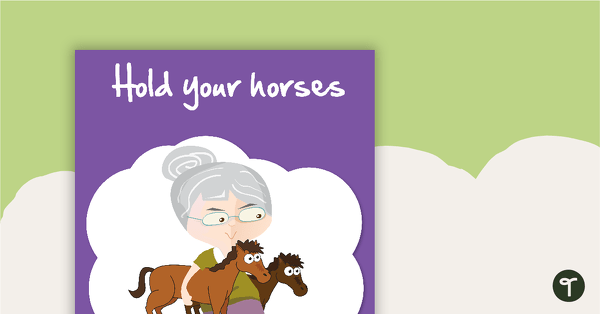
Individual Idiom Posters
A set of posters showing idioms and their meaning.
- Plus Plan
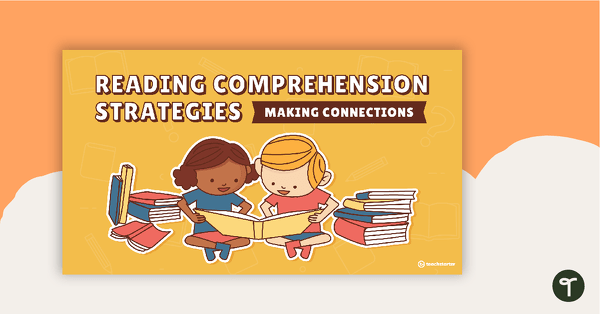
Reading Comprehension Strategies PowerPoint – Making Connections
A 14 slide editable PowerPoint template explaining the reading comprehension strategy of making connections.
- Plus Plan
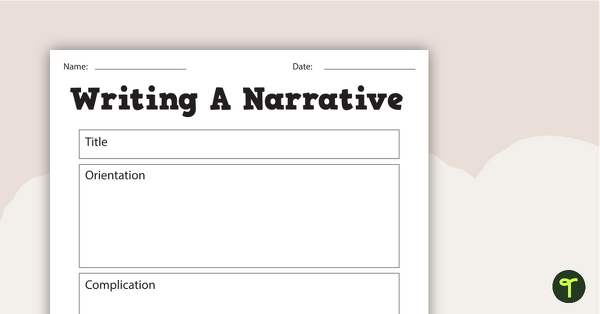
Fairy Tales Narrative Writing Pack
A fairy tale themed narrative writing teaching pack containing 8 worksheets and posters.
- Plus Plan
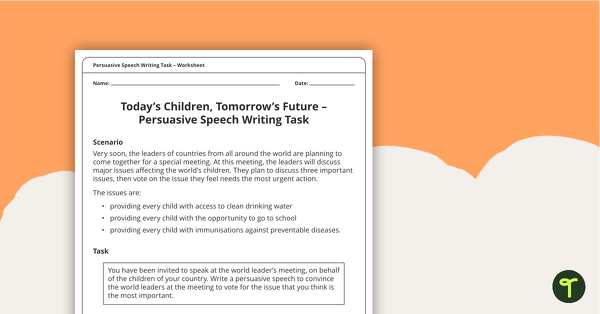
Persuasive Speech Writing Task
Practise writing a persuasive text with this speech writing task.
- Plus Plan
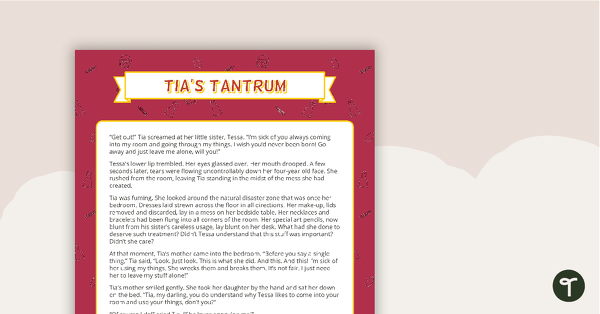
Comprehension - Tia's Tantrum
A comprehension activity using a narrative text.
- Plus Plan
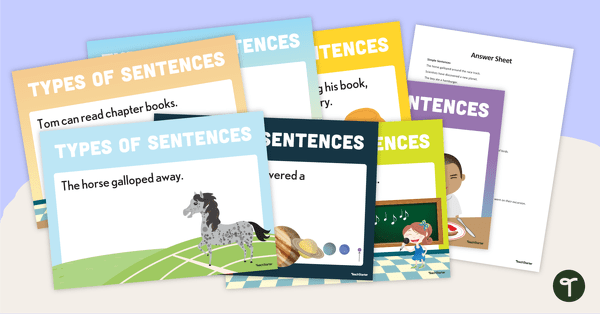
Simple, Compound and Complex Sentences Flashcards
Use this set of 16 colourful flashcards to introduce students to the attributes that make up simple, compound and complex sentences.
- Plus Plan

Adjective Grammar Card Game – Flip It!
A fun game for students to play in small groups to consolidate their understanding of adjectives.
- Plus Plan
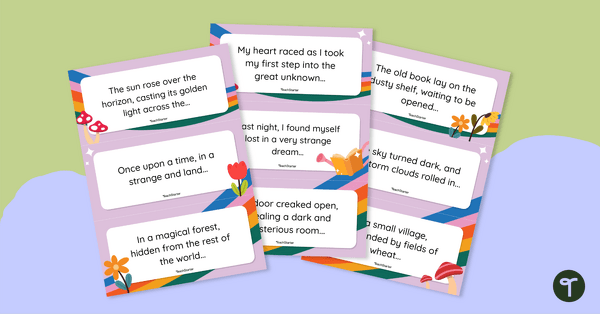
Inspiring Story Starters Task Cards
Get your students writing inspiring stories with this set of story starter task cards.
- Plus Plan
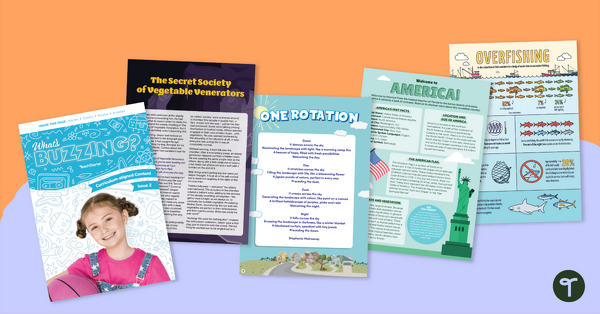
Year 5 Magazine - What's Buzzing? (Issue 2)
A beautifully designed, 24-page reading magazine specifically designed for Year 5 students.
- Plus Plan
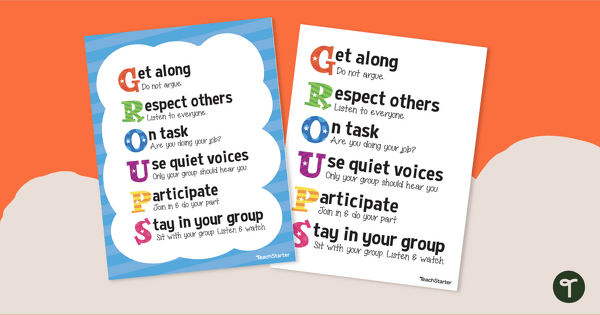
G.R.O.U.P.S - Group Work Expectations Poster
Encourage cooperative behaviour during group work activities with a printable group work mnemonic poster.
- Free Plan
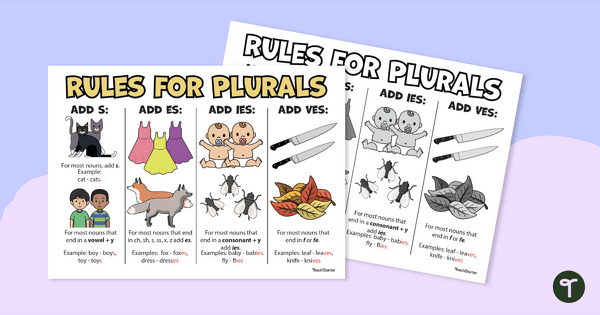
Plural Nouns Chart — Printable Plural Rules Guide
Help students remember the different plural rules with a handy printable guide created for teachers to hand out.
- Plus Plan
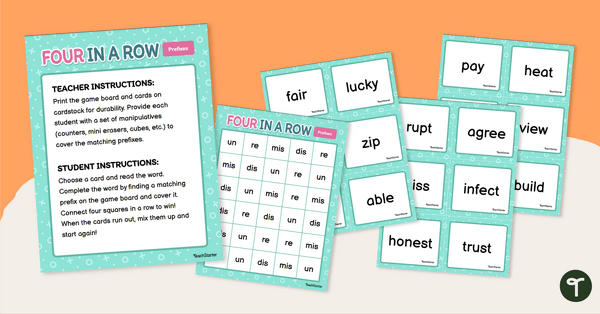
Prefix Vocabulary Game - Four in a Row
Practise matching words to their common prefixes with an exciting Four in a Row Vocabulary Game.
- Plus Plan
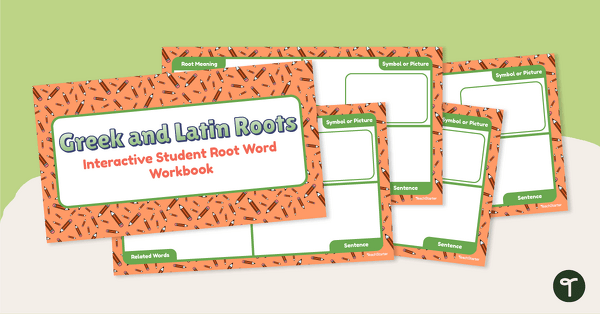
Greek and Latin Roots- Vocabulary Notebook
Enhance vocabulary containing Greek and Latin roots with a Google Slides Interactive vocabulary notebook. Also available in print format.
- Plus Plan
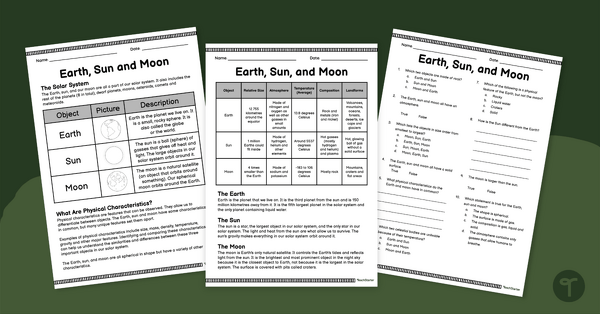
Earth, Sun and Moon – Comprehension Worksheet
Read about and compare physical characteristics of the Eath, sun and moon with this reading comprehension sheet.
- Plus Plan
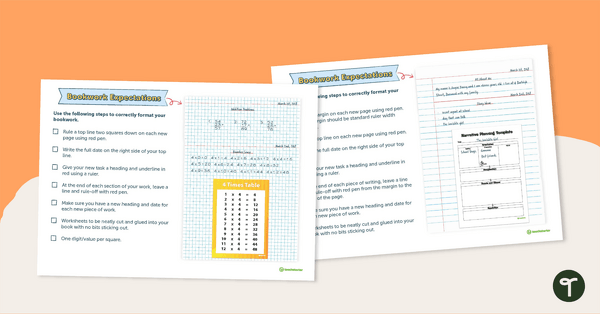
Bookwork Expectations Posters
A checklist for students to refer to when displaying bookwork.
- Plus Plan

Greek and Latin Roots – Card Kaboom!
Explore Greek and Latin word origins with this hand-on card game.
- Plus Plan
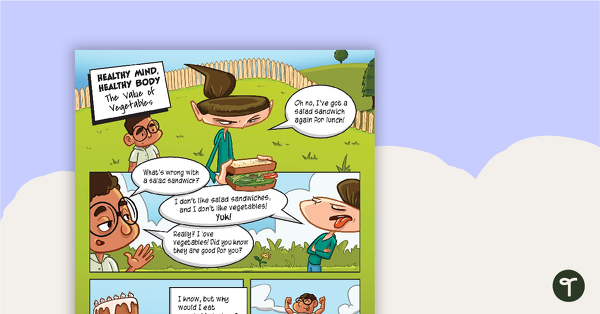
Healthy Mind, Healthy Body: The Value of Vegetables – Worksheet
A comprehension worksheet for a comic from the Year 5 magazine (Issue 2).
- Plus Plan
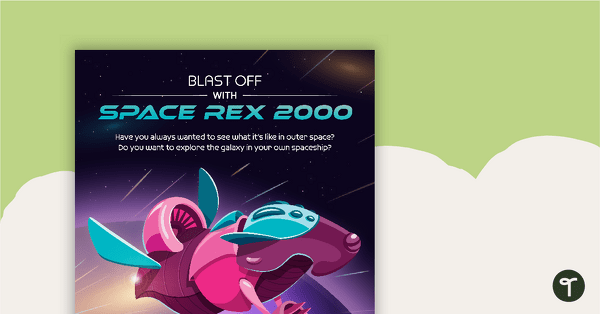
Blast Off with Space Rex 2000 – Worksheet
A comprehension worksheet for a fake advertisement from the Year 5 magazine (Issue 2).
- Plus Plan
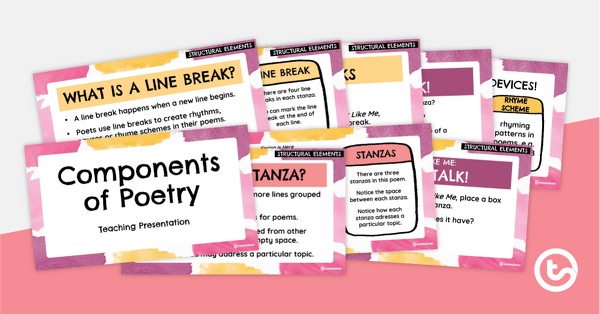
Components of Poetry PowerPoint
An editable PowerPoint to use when teaching the essential components of poetry.
- Plus Plan
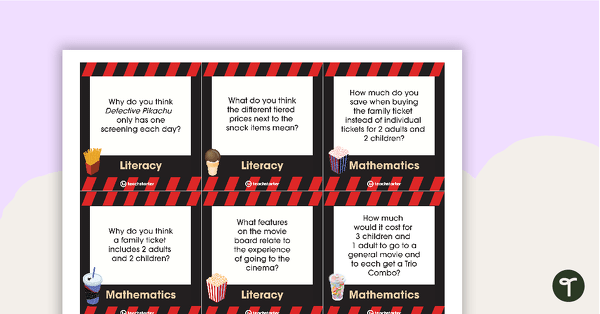
Colossal Cinemas – Task Cards
54 activity task cards based on the Colossal Cinemas stimulus poster.
- Plus Plan
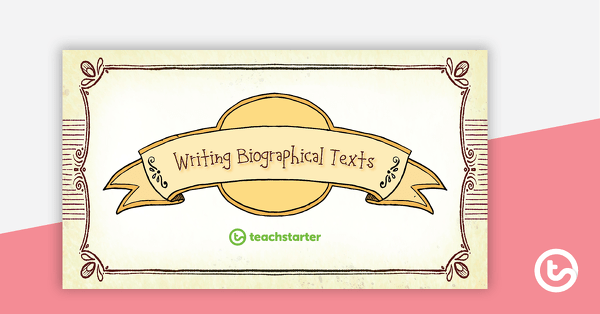
Writing Biographical Texts PowerPoint
A 29 slide editable PowerPoint template to use when teaching older students about the structure and language features of biographical texts.
- Plus Plan

Explanation Text Writing Task – How Does a Plane Fly?
A scaffolded writing task for students to complete when learning about the explanation text type.
- Plus Plan
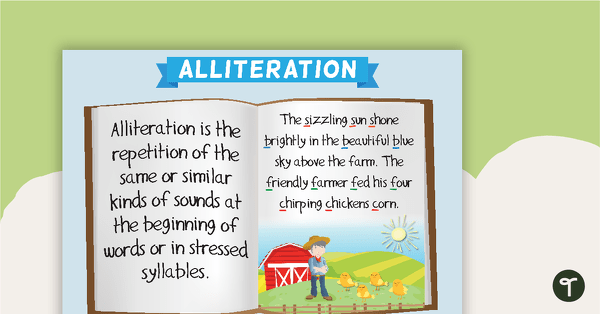
Alliteration Poster
A poster providing a definition and examples of alliteration.
- Plus Plan

Elements of Poetry Worksheet - Structure, Rhyme and Rhythm
A worksheet to help students understand structure, rhyme and rhythm in poetry.
- Plus Plan
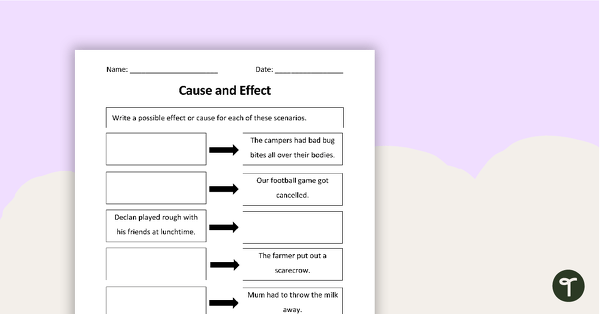
Cause and Effect - Scenario Worksheet
A worksheet and answer sheet to use when teaching students the cause and effect comprehension strategy.
- Plus Plan
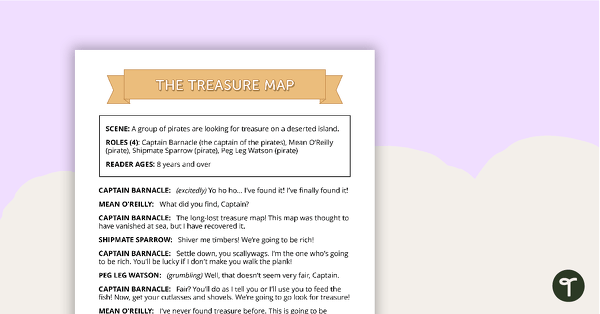
Comprehension - Treasure Map
A fun script and set of questions to help students develop reading and comprehension strategies.